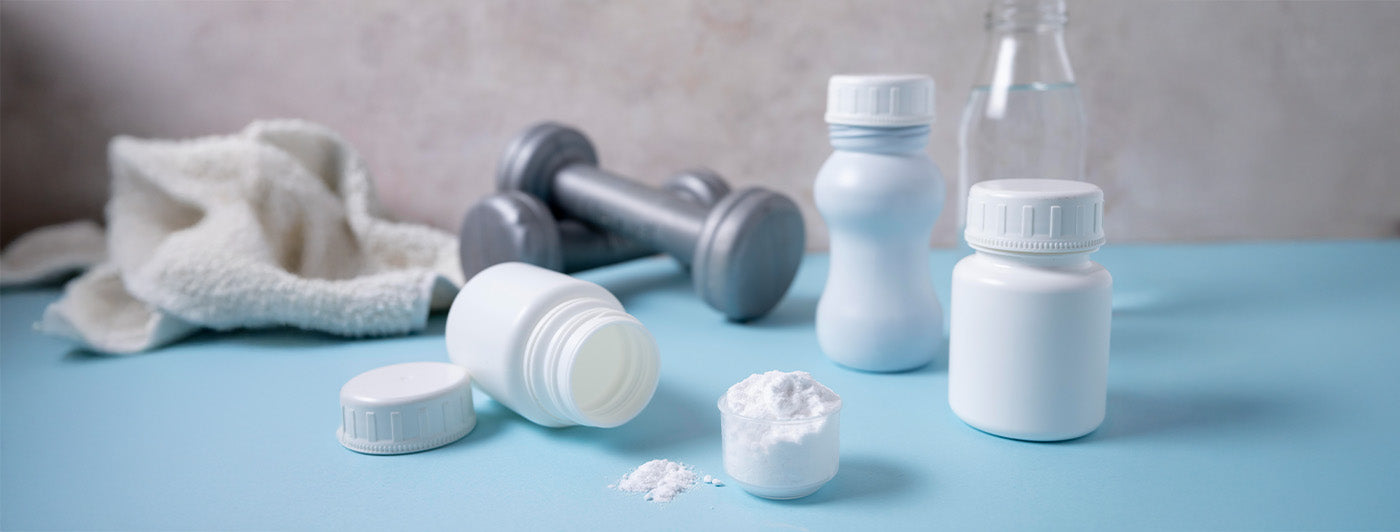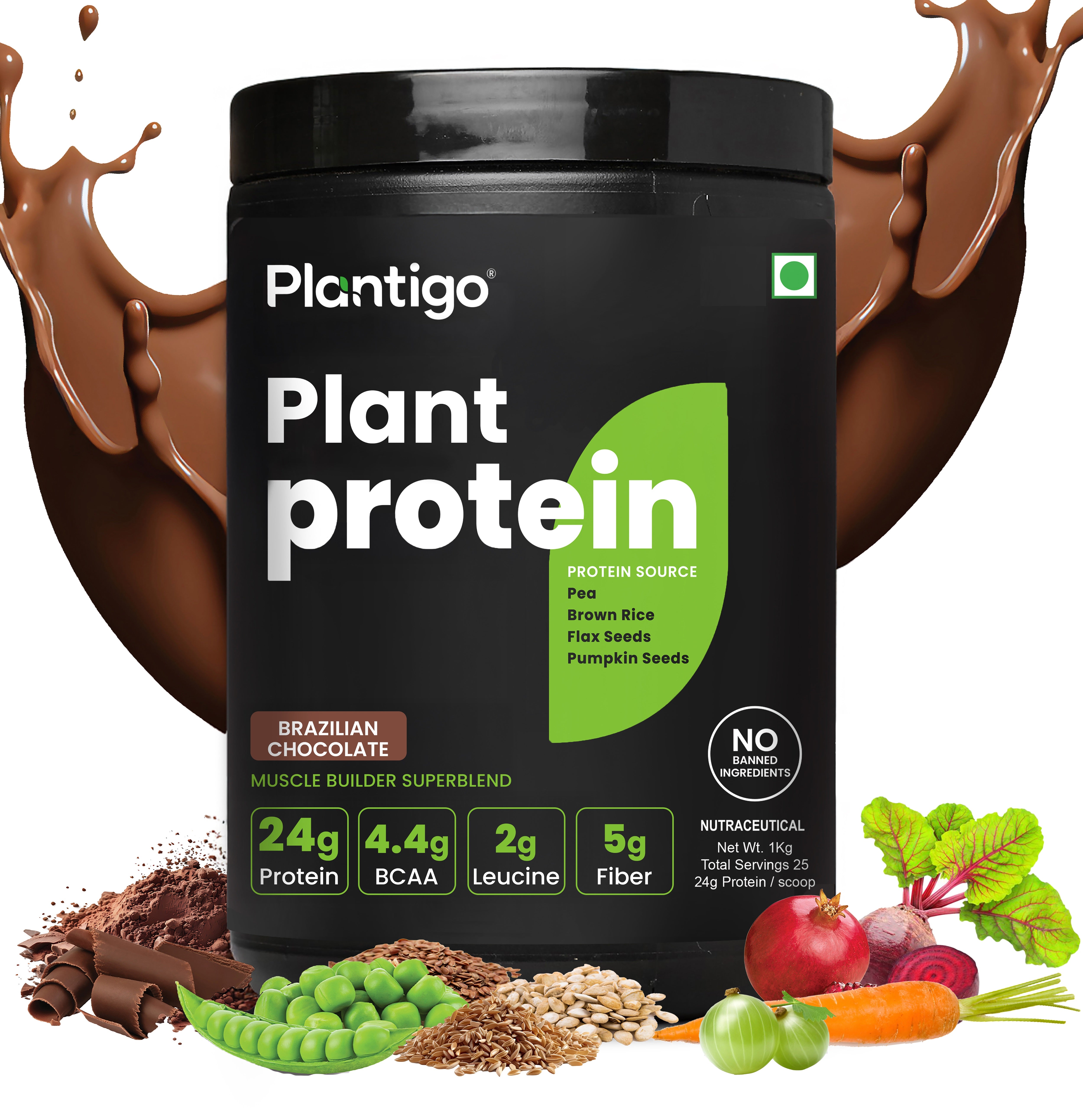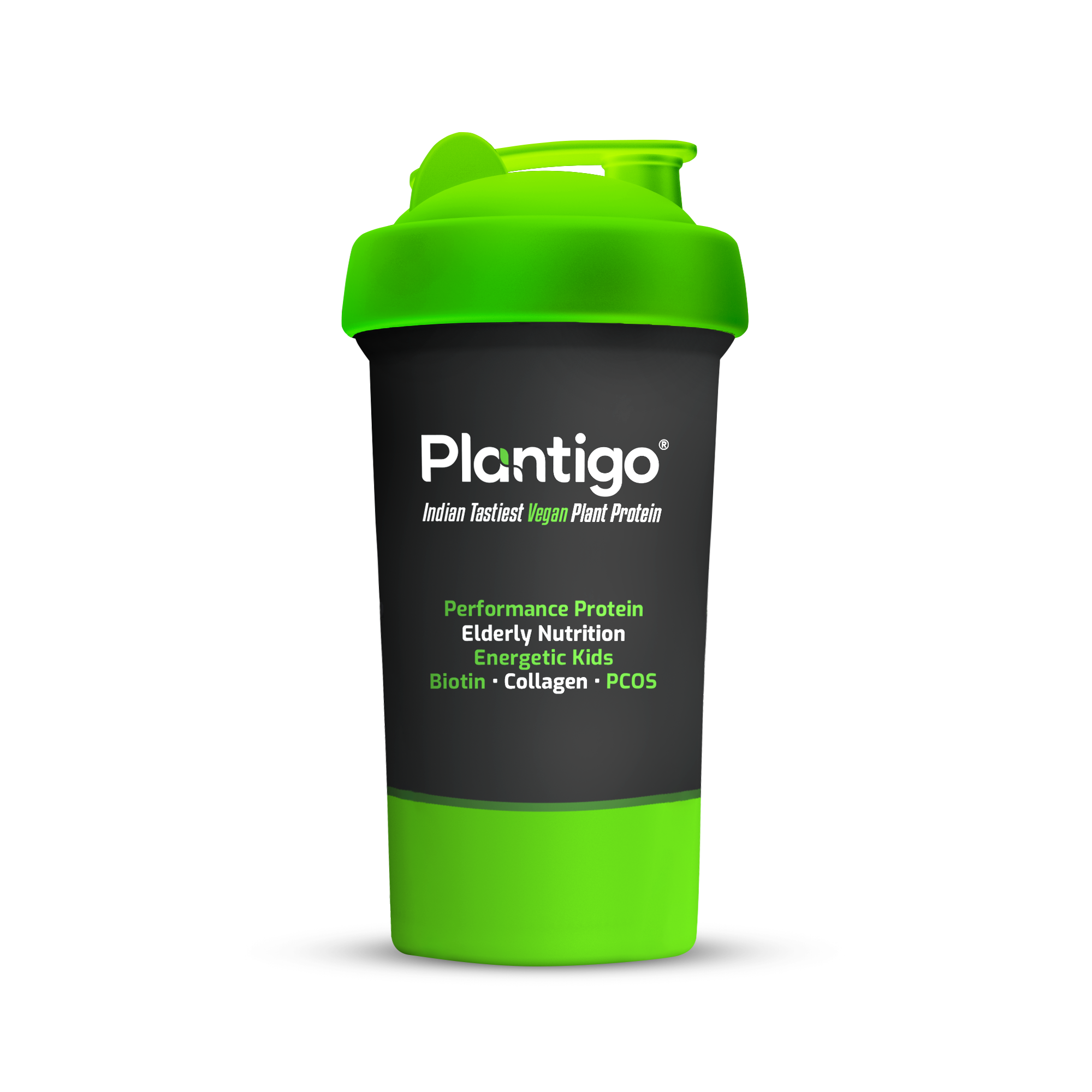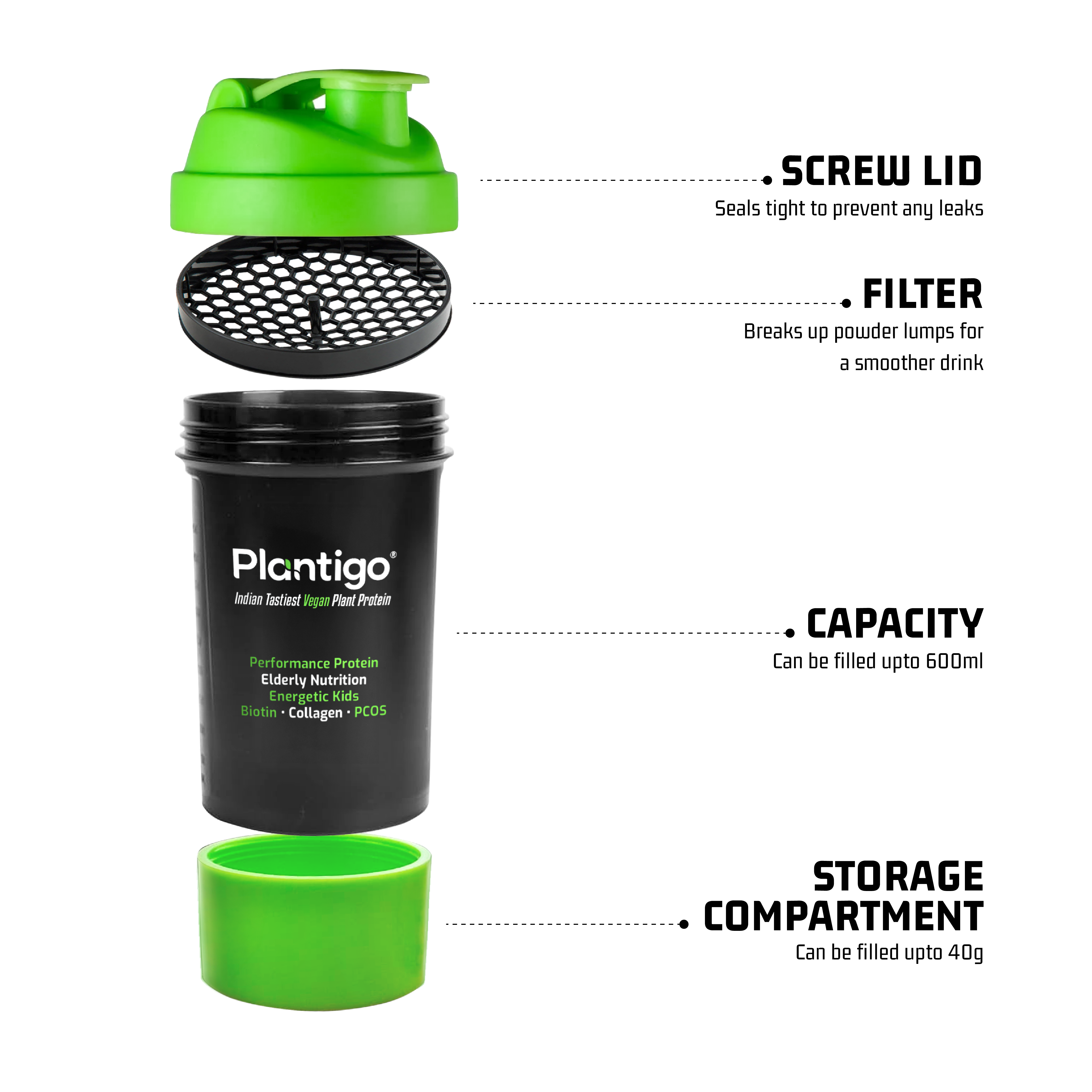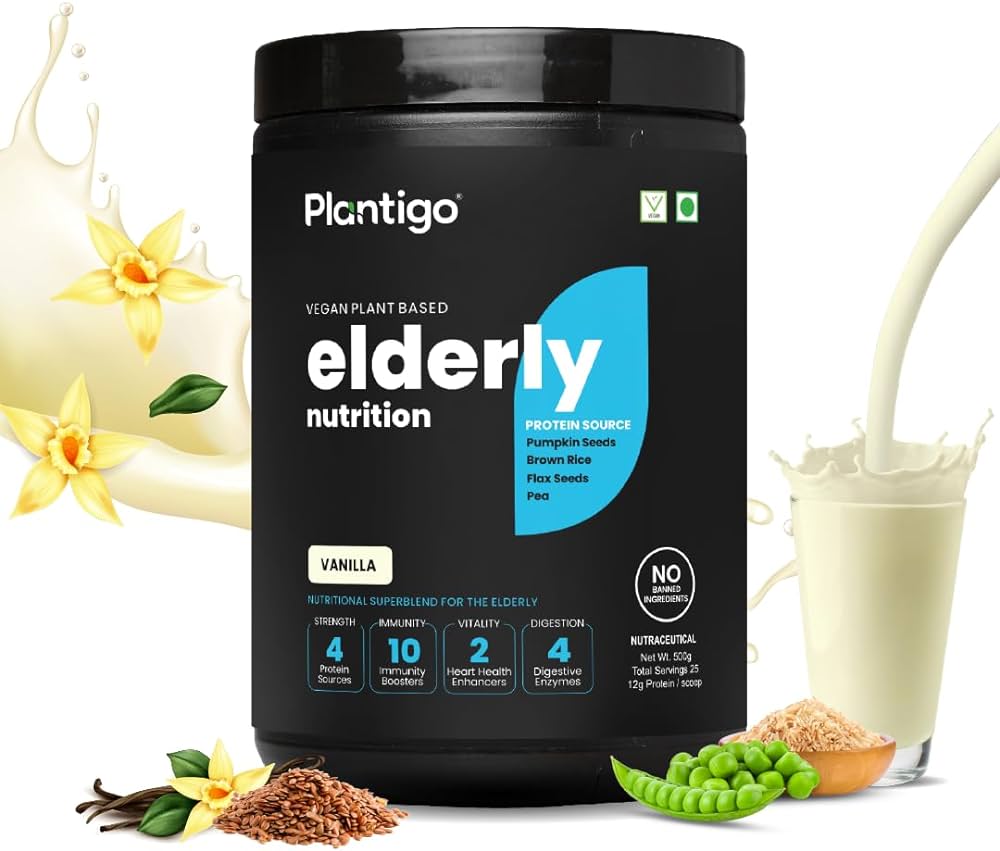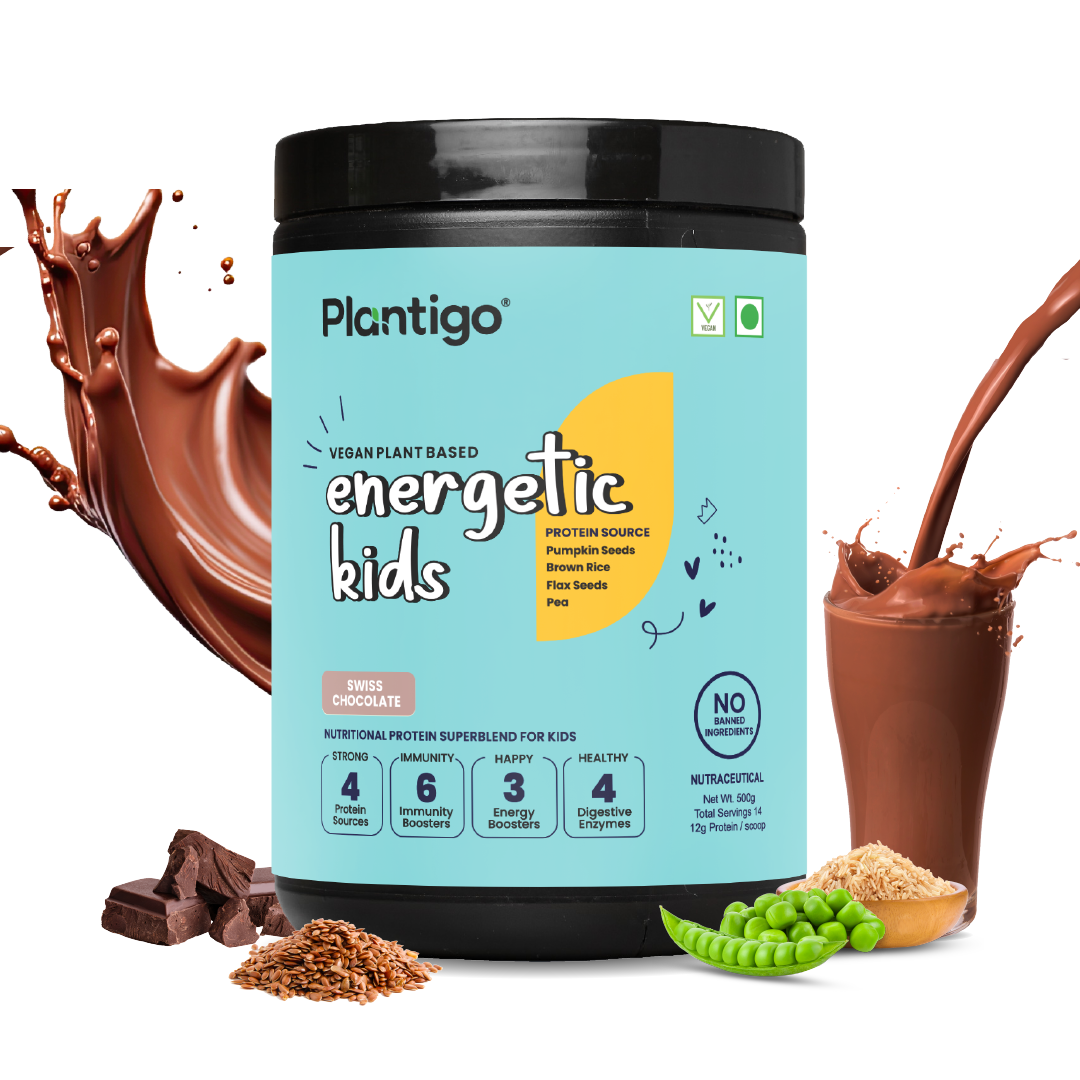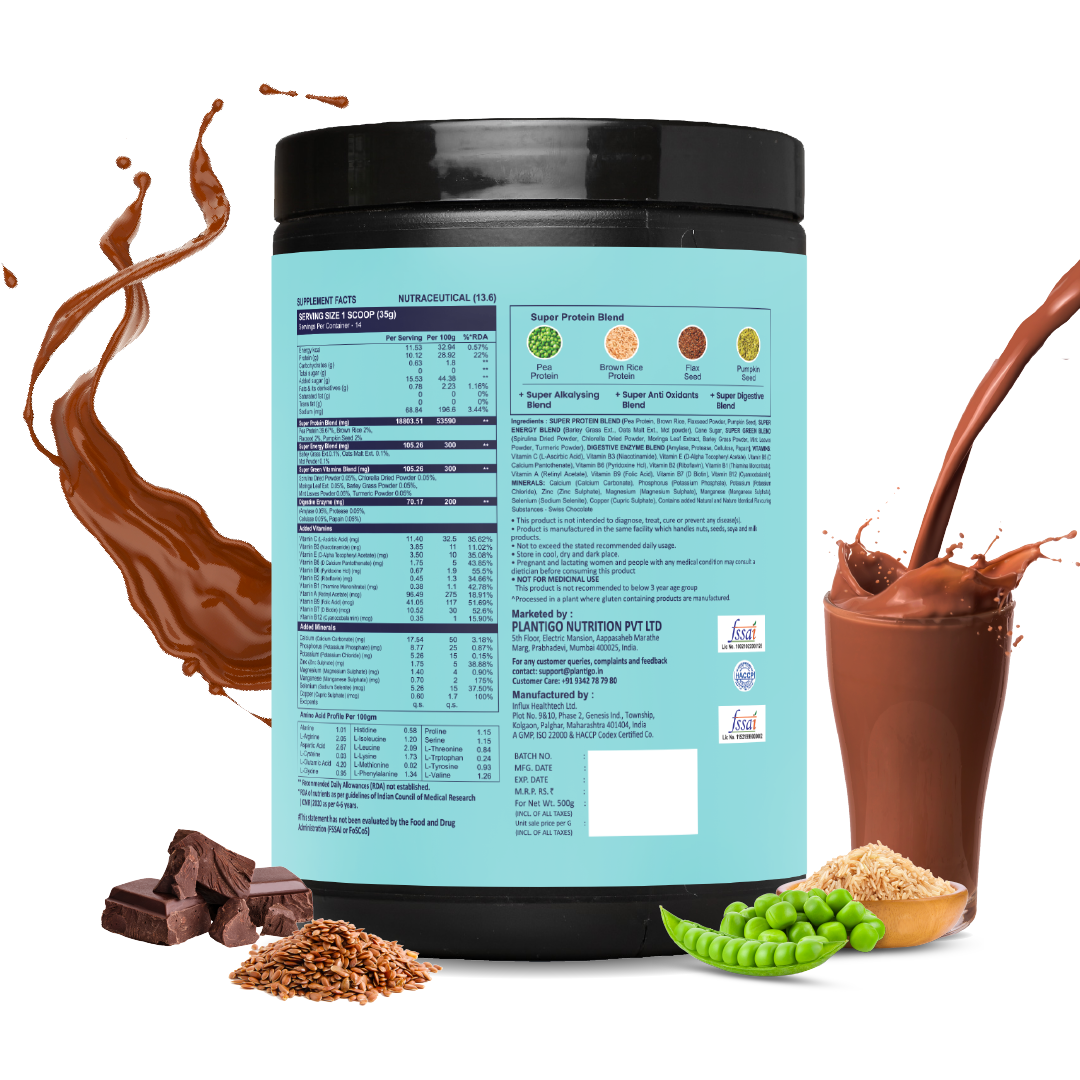What if one simple, affordable supplement could dramatically boost your strength, accelerate muscle growth, and even sharpen your brain — all without changing your diet or routine? That’s the promise creatine holds, and it’s not just hype. Backed by hundreds of studies, creatine continues to outperform nearly every other fitness supplement on the market.
Creatine has earned its place as one of the most popular and scientifically validated supplements in the fitness and health industry. Whether you're an athlete, weightlifter, or simply someone looking to improve physical performance and body composition, you've likely wondered about creatine before and after results.
This article offers an in-depth look at what you can realistically expect before and after starting creatine. We'll explore the physical changes, strength gains, timelines, dietary tips, and address common myths — all backed by science.
And if you're someone who prefers plant protein over animal-based options, creatine becomes even more important in your supplement stack — helping bridge the performance gap and maximizing the benefits of your training.
Creatine Before and After: The Realistic Timeline
Understanding the timeline of creatine before and after effects helps set accurate expectations. The improvements aren’t always dramatic from day one, but with consistency, the transformations can be significant.
Week 1: Loading Phase and Early Water Retention
Most people begin creatine supplementation with a “loading phase,” where they take 20 grams per day (split into 4 doses) for five to seven days. This phase rapidly saturates muscle creatine stores.
During this first week, common changes include:
-
Weight gain of 1 to 3 kilograms due to water retention within muscle cells
-
Increased muscle "fullness" or tighter appearance
-
Slightly better recovery between sets
This is where the first signs of creatine before and after changes begin to show. You might not see drastic muscle growth yet, but many users report better pumps and more explosive energy in workouts. To balance early water retention, some opt to include chia seeds for weight loss in their diet, which help with digestion, satiety, and hydration support — all beneficial during this adjustment phase.
Weeks 2–4: Enhanced Strength and Power
Once your muscles are saturated with creatine, the body starts generating more ATP (adenosine triphosphate) — the energy currency of your cells. This translates into:
-
More reps per set, especially during heavy compound lifts
-
Better sprint speed and high-intensity output
-
Shorter recovery time between sets or intervals
This is the phase where creatine before and after benefits become clearly noticeable. You may find your personal records improving and your body responding better to resistance training. Supporting this phase with the right nutrients — including vegetables rich in vitamin B12 like fortified mushrooms or nutritional yeast — can help sustain energy metabolism and muscular endurance during demanding workouts.
Months 2–3: Visible Muscle Gains and Endurance
If you’ve been training consistently and supporting your workouts with a balanced diet, you'll start to see the more aesthetic changes:
-
Improved muscle hypertrophy, especially in fast-twitch fibers
-
Fuller, denser muscles with increased definition
-
Better vascularity, particularly in the arms and shoulders
It's not just water weight anymore — real gains begin here. You’re likely lifting heavier and recovering faster. When combined with high protein foods and progressive overload training, this phase offers impressive creatine before and after transformations.
The Science Behind Creatine's Power
Creatine is naturally found in muscle cells and is also present in meat and fish. Supplementing with it increases your muscles’ phosphocreatine stores, allowing you to regenerate ATP faster during high-intensity exercise.

Here are a few of the primary mechanisms behind creatine’s effects:
-
ATP regeneration: More energy available for short bursts of activity
-
Cell hydration: Pulls water into muscle cells, signaling growth
-
Increased satellite cell signaling: Supports muscle repair and development
-
Reduced protein breakdown: Helps preserve muscle during hard training
If you’re following a plant-based diet, your body’s natural creatine levels are often lower due to limited dietary intake. This makes supplementation especially effective for vegetarians and vegans — and makes creatine before and after changes even more dramatic.
Myth-Busting: What Creatine Doesn’t Do
There are numerous misconceptions about creatine. Let’s clear up a few:
-
It’s not a steroid: Creatine is a legal and naturally occurring compound.
-
It doesn’t cause kidney damage: Clinical studies confirm it’s safe for long-term use in healthy individuals.
-
It won’t make you bulky overnight: The changes are gradual and tied to your training.
-
It’s not just for men: Women benefit from creatine too, especially in lean muscle gain and bone health.
Those switching to or already using plant protein will find that creatine nicely complements their supplement routine, bridging any potential gaps in explosive power or high-intensity output.
Supporting Your Creatine Journey with Nutrition
To optimize creatine before and after results, your overall nutrition needs to support growth and recovery. Here’s what to focus on:
-
Adequate protein: Whether you get your protein from plants or animals, it’s essential for muscle repair. For those who prefer cleaner options, combining creatine with the best plant based protein can offer excellent results.
-
Chia seeds for weight loss: Including chia seeds in smoothies or oats can improve digestion, regulate blood sugar, and support fat loss — helpful while you gain muscle.
-
Fiber rich fruits: Berries, apples, and guavas not only aid digestion but also reduce muscle inflammation post-exercise.
-
Protein in one roti: While a single whole wheat roti has about 2–3g of protein, pairing it with lentils or tofu can elevate the amino acid profile for better muscle fueling.
-
Vegetables rich in vitamin B12: While rare in plants, fortified cereals, mushrooms grown in B12-enriched mediums, and nutritional yeast are helpful for vegetarians. B12 supports red blood cell production and energy — both important when training hard.
Hydration is also crucial. Since creatine draws water into your muscles, ensure you drink plenty of fluids throughout the day to support cellular function and minimize cramping.
Long-Term Creatine Benefits
The creatine before and after improvements go beyond the gym. Here are some long-term benefits of consistent use:
-
Cognitive enhancement: Some studies show improved memory and brain function, especially in sleep-deprived individuals.
-
Injury prevention: Better recovery and cell hydration support joint and tendon health.
-
Increased bone density: Important for older adults and post-menopausal women.
-
Endurance and sprinting gains: Particularly useful for athletes in mixed-mode sports.
Even endurance athletes have started using creatine strategically — during off-seasons or strength cycles — to improve sprint finishes and high-effort bursts in long races.
Who Should Consider Creatine?
Almost anyone can benefit from creatine. It’s ideal for:
-
Athletes in strength, speed, or power sports
-
Vegan or vegetarian individuals with low dietary creatine
-
Older adults aiming to prevent muscle loss
-
Recreational lifters looking to level up
And for those who are already consuming a plant based protein powder, creatine offers a synergistic boost — helping improve training volume and muscle cell signaling for hypertrophy.
Side Effects: What’s Normal?
For most users, creatine is extremely well-tolerated. Some initial side effects include:
-
Mild bloating
-
Water retention
-
Temporary digestive issues (usually from high doses during loading phase)
These typically subside within a week. To reduce discomfort, consider skipping the loading phase and taking 3–5 grams daily instead — you’ll still reach saturation in 3–4 weeks.
Remember to consult a healthcare provider if you have existing kidney or liver conditions, though studies show no harm in healthy individuals over prolonged use.
Summary
From increased strength and muscle fullness in the first few weeks to noticeable size and performance improvements within a few months, the creatine before and after timeline is both impressive and achievable.
When combined with consistent training, quality sleep, and a well-balanced diet that includes plant protein and nutrient-dense whole foods, creatine delivers real, lasting results:
-
Improved power and endurance
-
Faster recovery between workouts
-
Lean muscle growth you can see and feel
-
Enhanced mental clarity and physical performance
The bottom line: creatine is one of the most effective, affordable, and research-backed supplements available today.
If you're serious about transforming your fitness and unlocking your full potential, there’s no better time to start. Whether you're just beginning your journey or looking to break through a plateau, creatine before and after results speak for themselves.
Take the first step. Fuel your progress. See the difference.
Frequently Asked Questions
1. How long does it take to see results from creatine?
You can start noticing results from creatine within 7 to 14 days, especially during the loading phase. Initial changes include muscle fullness and increased workout performance. Visible muscle growth and strength improvements typically appear within 3 to 4 weeks when combined with consistent training and nutrition.
2. Will creatine increase my size?
Yes, creatine can increase your size by enhancing muscle hydration and supporting muscle growth. In the short term, water retention in muscle cells adds fullness. Over time, it supports lean muscle gain through improved workout performance and recovery.
3. What happens after 1 month of creatine?
After 1 month of creatine use, most users experience noticeable strength gains, improved endurance, and visible muscle definition. Creatine saturation stabilizes in the muscles, leading to better training output and faster recovery between sessions.
4. Is 30 days of creatine enough?
30 days of creatine is enough to experience initial performance benefits and visible results, especially if you start with a loading phase. However, continued use beyond 30 days helps sustain muscle creatine levels for long-term strength and size improvements.
5. Are there any negatives to creatine?
Creatine is safe for most healthy individuals when taken at recommended doses. Minor side effects can include bloating, water retention, or mild digestive discomfort, especially during the loading phase. These effects are typically temporary and can be minimized by staying hydrated and adjusting dosage.

